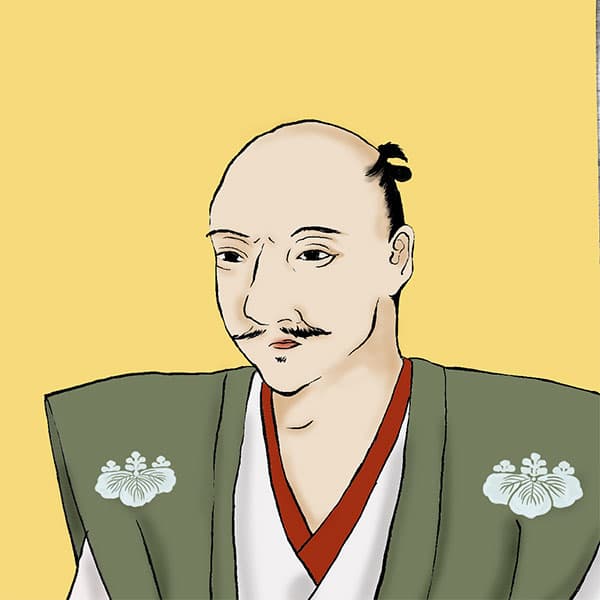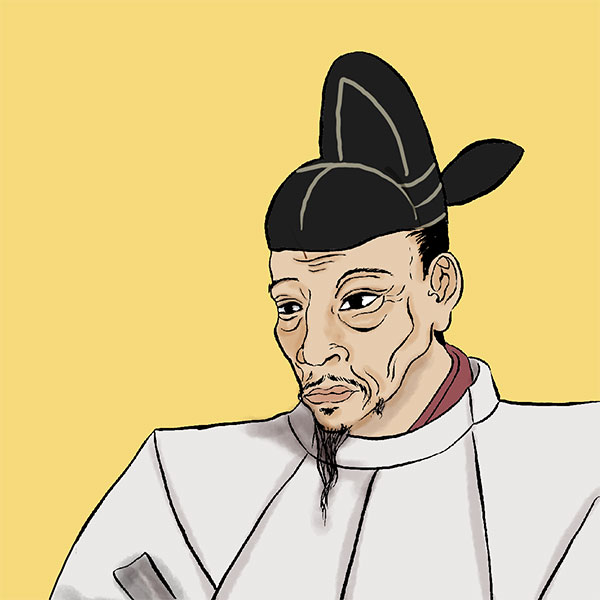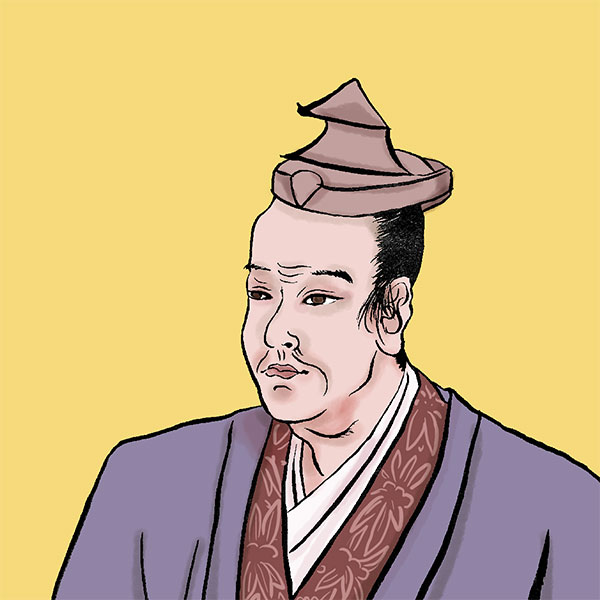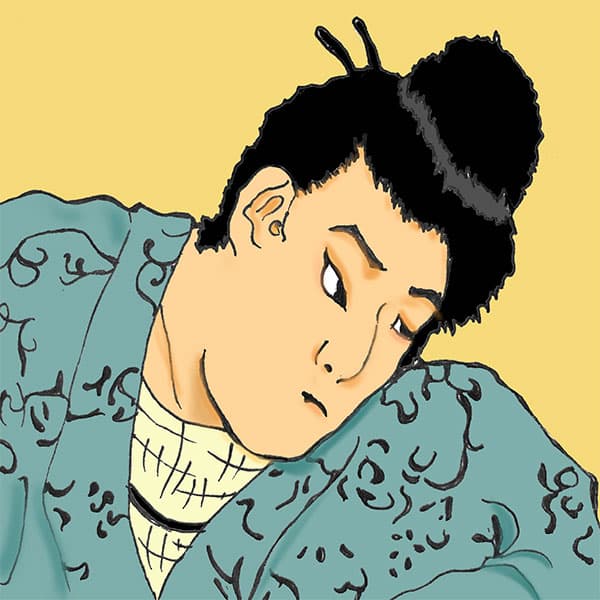Kishu conquest (2/2)Oda Nobunaga/Toyotomi Hideyoshi vs. Saiga/Negoro
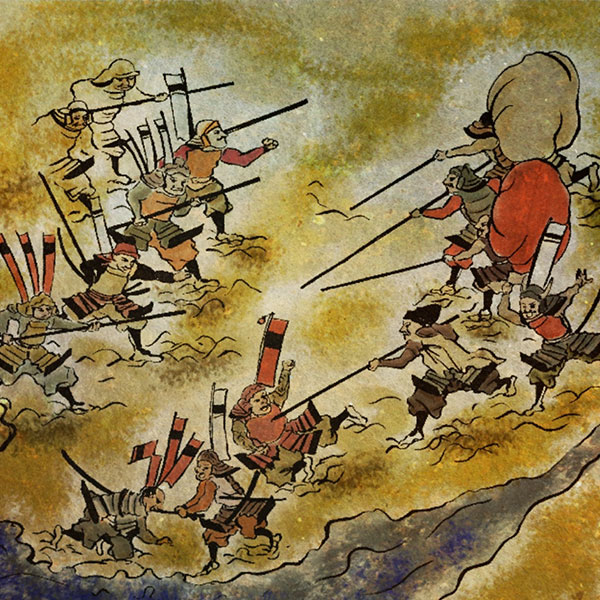
Kishu conquest
- Article category
- case file
- Incident name
- Kishu Conquest (1577-1585)
- place
- Wakayama Prefecture/Mie Prefecture
- Related castles

Wakayama Castle

Ota Castle

Kishiwada Castle
Meanwhile, the Kiyosu Conference was held in Owari Province (Aichi Prefecture), and the fight for Nobunaga's successor accelerated. In 1584, the ``Battle of Komaki-Nagakute'' was fought between Toyotomi Hideyoshi and Tokugawa Ieyasu and Oda Nobuo. At this time, the Saigashu, Negoro-shu, and Kokawa-shu joined Tokugawa Ieyasu and attacked the Osaka area while Hideyoshi was away, burning down the castle town of Osaka and inflicting heavy losses on Hideyoshi's army. Meanwhile, Magoichi Suzuki served Hideyoshi and participated in the battles of Komaki and Nagakute as a gun chief. Furthermore, it is speculated that ``Suzuki Magoichi'' around this time was not Suzuki Shigehide, but his son Suzuki Shigetomo.
The battle between Komaki and Nagakute eventually settled down with peace between the two sides, but Hideyoshi's rule was effectively decided. Hideyoshi then decided to send a large army to pacify Kii Province, which he fought against in the Battle of Komaki and Nagakute and where religious forces still had strong influence.
Second Kishu Conquest ② Battle of Sengokubori Castle in Izumi Province
In February 1585, Toyotomi Hideyoshi began the Kishu conquest. First, on March 20th, Hideyoshi's nephew Hidetsugu Toyotomi went to war with 30,000 soldiers. The next day, the 21st, Hideyoshi himself took command and departed with 100,000 soldiers. The land army marched from two directions, Urate and Yamate, and the naval force led by Yukinaga Konishi also set out to destroy the Negoro and Saiga clans of Kishu on land and sea. On the 21st, Hideyoshi entered Kishiwada Castle (Kishiwada City, Osaka Prefecture).
On the other hand, the Negoro-shu and Saiga-shu established branch castles built to the south of Kishiwada Castle, such as Hatanaka Castle, Sawa Castle, Sakuzenji Castle, Takai Castle, and Sengokubori Castle (all in present-day Kaizuka City, Osaka Prefecture), as their line of defense. They attack Hideyoshi's army with 9,000 soldiers and guns.
Of the several branch castles, the most fiercely fought was the first battle, the Battle of Sengokubori Castle, on March 21st. Approximately 1,500 soldiers led by Saoni Otani and others from the Negoro clan attack Hideyoshi's army, including Toyotomi Hidetsugu, Hori Hidemasa, and Tsutsui Sadatsugu. By the way, it is said that there were about 4,000 to 5,000 non-combatants in the castle.
In response to the attacking Hideyoshi army, the Negoro men used matchlock guns and bows to kill Hideyoshi's soldiers one after another from inside the castle. It is said that Hideyoshi's army caused over 1000 deaths. The battle looked like it was going to last a long time, but the arrows fired by Tsutsui's forces ignited the gunpowder magazine inside the castle, causing a huge explosion. As a result, the castle fell. After Sengokubori Castle, other castles fell and were surrendered one after another, and Hideyoshi's army, which controlled the southern part of Izumi Province, moved further south. We will finally invade Kii Province.
Second Kishu Conquest ③ Negoro-dera Temple, Kokawa-dera Temple, and Saiga-no-Sato are in flames
Next, Hideyoshi's army headed to Negoro-ji Temple, the stronghold of the Negoro-shu. The Negoro-shu had moved to their branch castle for the war and had almost no fighting force left at Negoro-ji Temple, so Negoro-ji Temple was easily conquered on March 23rd. Furthermore, that night, a fire broke out at Negoroji Temple. The flames continued to burn for three days, and Negoro-ji Temple was destroyed, leaving only some buildings such as the main hall and large pagoda. The cause of the fire is said to be either Hideyoshi's army or the Negoro clan, so it is not clear for sure. Furthermore, Kokawa-dera Temple also went up in flames on March 23rd (or 24th).
Hideyoshi's army was also approaching Saiga Village. Following this, on March 22nd, another betrayal occurred within the Saiga clan. The Oka-shu defected to Hideyoshi's army and shot at the Minato-shu, who were also members of the Saiga-shu. As a result, Saika no Sato falls into chaos. Shigeharu Tsuchibashi, the leader of the Saigashu, fled with the help of his ally, Motochika Chosokabe. In this way, the Saigashu dispersed.
The advance troops of Hideyoshi's army arrived in Saiga on March 23rd, and the main force led by Hideyoshi arrived on the 24th. Hideyoshi's army wiped out the Saiga clan and set fire to Minato and other parts of Saiga Village. Although the Saiga village was destroyed, the remnants of the Saiga clan continued to resist in various places.
Second Kishu Conquest ④ Ota Castle falls due to water attack
Ota Sakon is a representative remnant of the Saigashu. At Ota Castle (Wakayama City, Wakayama Prefecture), he waged a battle against Hideyoshi's army with 5,000 soldiers and civilians. Ota Castle is a flat castle, but it was a strong castle surrounded by a deep moat. Approximately 60,000 Hideyoshi troops surrounded this castle. The commander-in-chief was Toyotomi Hideyoshi, and the vice-general was his younger brother Hidenaga Toyotomi. In addition, key members such as Hideie Ukita and Yukinaga Konishi are also participating.
First, Magoichi Suzuki and others of the Saiga clan who were on Hideyoshi's side advised the besieged army at Ota Castle to surrender, but Sakon refused and intercepted Hideyoshi's army. He used guns and bows to attack Hidemasa Hori's troops and killed 53 people (51 in total). To prevent further damage, Hideyoshi decided to use the surrounding rivers for a water attack. The Battle of Sengokubori Castle, which resulted in around 1,000 casualties, must have flashed through Hideyoshi's mind.
Hideyoshi ordered Norizane Akashi to dam the Kinokawa River and begin embankment construction on March 25th (both 26th and 28th). A total of 469,000 people were mobilized to work day and night, and the embankment was completed in just six days. The total length is approximately 6 to 7 km, and the maximum height is approximately 6 m. You can feel the power of Hideyoshi in building the embankment in less than a week. However, it seems like there are some parts that are a bit over the top... By the way, once the embankment in the area the Kokashu were in charge of collapsed, and Hideyoshi severely punished those involved.
In this way, the Toyotomi army began pouring water on April 1st. Due to continuous heavy rain since April 3rd, the water level rose quickly. Seeing this as an opportunity, Hideyoshi approached the castle with 13 Ataka ships and attacked it with guns and arrows. On the other hand, the besieged army fought back with guns and other weapons, and their soldiers, who were good swimmers, dived into the water, punched a hole in the bottom of the Ataka ship, and caused it to sink.This was a surprising strategy, and they were successful. Moreover, on April 9th, part of the embankment was destroyed. As a result, water flowed into Hideie Ukita's camp, and many soldiers drowned.
Sakon and his friends fight hard against Hideyoshi's forces, but as they remain in siege for nearly a month, they gradually start to run out of supplies. Then, on April 21st, Yukinaga Konishi's navy attacked the castle in all-out battle. The besieged army managed to hold out, but suffered heavy damage. At this time, Masakatsu Hachisuka, Nagayasu Maeno, and others visited Ota Castle as messengers and persuaded Sakon to surrender the castle. Sakon and 52 of his main soldiers committed suicide on April 22nd, and the castle was surrendered.
Thus ended the battle of Ota Castle. At this time, Sakon's wife and others were also crucified, but the soldiers and farmers other than those involved were saved. When freeing the farmers, Hideyoshi allowed them to take home their farming tools and household goods, but confiscated their weapons. This is said to be the first ``sword hunting'' in historical records.
Furthermore, while Hideyoshi was fighting at Ota Castle, a detached force led by Hidehisa Sengoku and Yukinaga Konishi controlled Kinan. Furthermore, on April 10th, Hideyoshi set strict conditions for Mt. Koya, including disarmament and the return of many temple territories, and threatened to burn down the entire mountain if the conditions were not met. The Koyasan side had no choice but to accept this.
Even after the Battle of Ota Castle, local forces continued to resist in parts of Hidaka and Muro District, but most of Kii Province was conquered by Toyotomi Hideyoshi, and Hideyoshi's conquest of Kishu ended successfully. Kii Province was ruled by Toyotomi Hidenaga. Hidenaga appointed Takatora Todo as magistrate and built Wakayama Castle (Wakayama City) as his base. Shigeharu Kuwayama was appointed as castle owner. After that, after Hidenaga's death, Kii Province came under the direct control of Hideyoshi and was completely under the control of the Toyotomi government.
Reread the article on Kishu Conquest

- WriterNaoko Kurimoto(Writer)I am a former travel industry magazine reporter. I have loved history, both Japanese and world history, since I was a child. I usually enjoy visiting temples and shrines, especially shrines, and often do ``pilgrimages to sacred places'' themed around historical figures. My favorite military commander is Ishida Mitsunari, my favorite castle is Kumamoto Castle, and my favorite castle ruins is Hagi Castle. My heart flutters when I see the ruins of battle castles and the stone walls of castle ruins.




